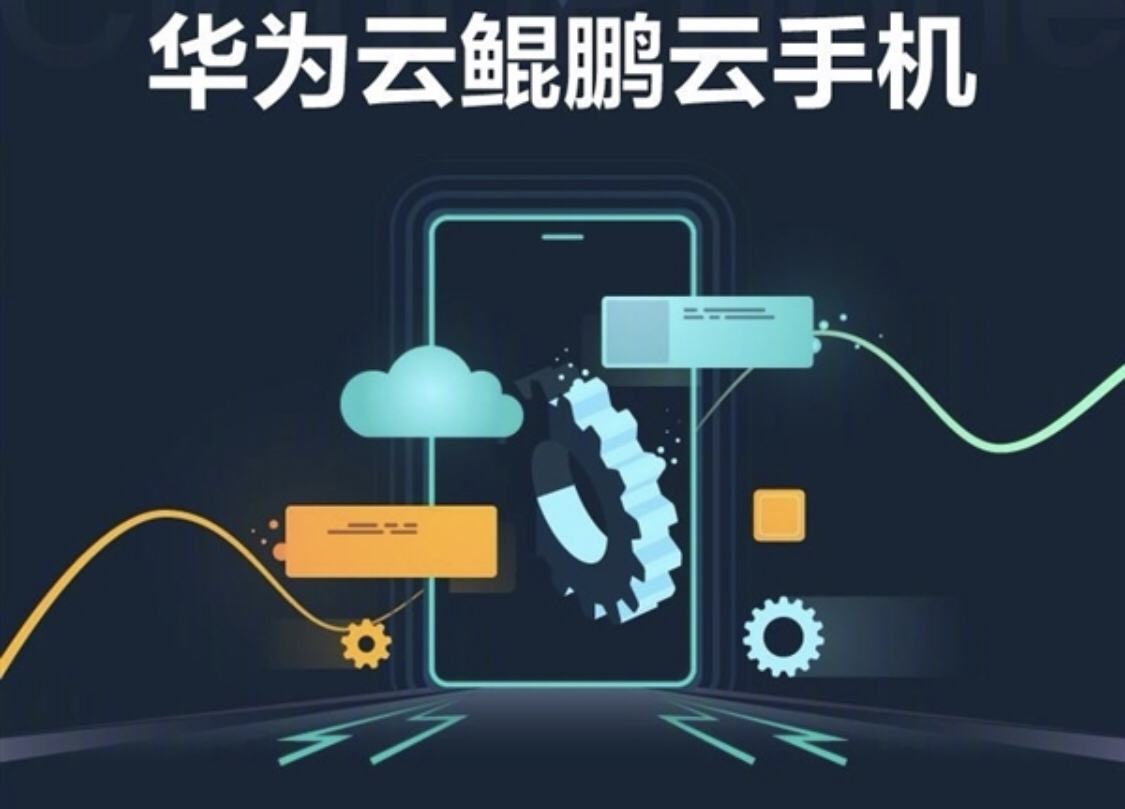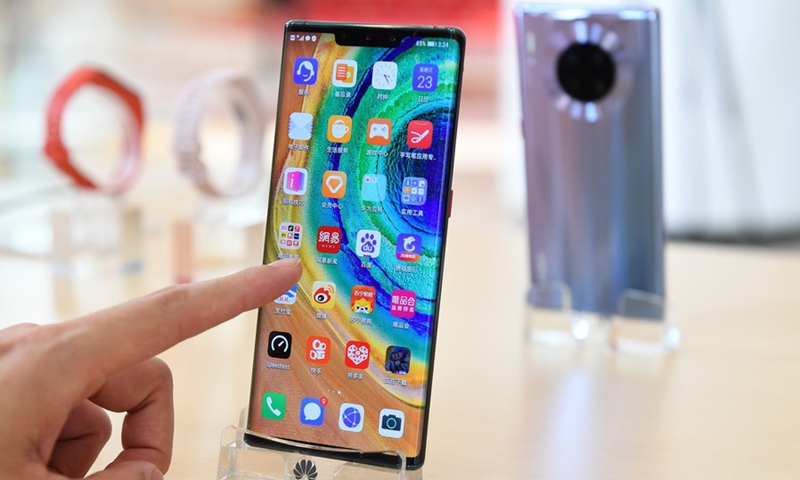Hendrik_2000
Lieutenant General
The west try to bypass Huawei infrastructure lead by building socalled cloud phone but Huawei is also very active the area Here it is via JSch
2020-09-02 7:16:00 GMT+8 | cnTechPost

On September 1, Huawei Cloud announced the start of public beta testing of the world's first "cloud phone" based on ARM chips.
Huawei debuted the Kunpeng phone in March this year, a cloud-based virtual phone based on the Huawei Kunpeng processor and Android.
It is based on Huawei Cloud Kunpeng Bare Metal Server, a virtual cloud server with a native Android operating system and virtual phone functionality.
As a new type of application, cloud phone plays an extension and expansion role to the physical phone, and can be used in scenarios such as application smart hosting, cloud hand games, crowd broadcasting and mutual entertainment, and mobile office.
According to Huawei, Kunpeng cloud phone adopts self-developed Kunpeng chip and end cloud isomorphism, which can improve the performance of virtual phone by 80 percent compared to traditional simulator solution.
It has massive elastic public cloud server resources, cloud phone can be seamlessly connected with public cloud services.It also has professional-grade GPU hardware acceleration, which makes it possible to run large games with ease.Users can also adjust the cloud phone specifications.
Huawei offers the option to get a free cloud phone worth RMB 5,950, but the Huawei Cloud Kunpeng phone is mainly targeting paid users and comes in two recommended configurations.
rx1.cp.c60.d10.e1v1: For a monthly server cost of RMB 5,950, you get 60 cloud phone instances.That means each phone costs as low as RMB 99/month, they have a resolution of 1280x720, have a 2-core CPU, 3.5GB of RAM and 10GB of storage.
kg1.cp.c100.d10SSD.e1v1: For a monthly server fee of 10,700 RMB, you can get 100 cloud phone instances for as low as 107 RMB per month, with a 1280x720 resolution, 2-core CPU, 4.2GB of RAM and 10GB of storage.
2020-09-02 7:16:00 GMT+8 | cnTechPost

On September 1, Huawei Cloud announced the start of public beta testing of the world's first "cloud phone" based on ARM chips.
Huawei debuted the Kunpeng phone in March this year, a cloud-based virtual phone based on the Huawei Kunpeng processor and Android.
It is based on Huawei Cloud Kunpeng Bare Metal Server, a virtual cloud server with a native Android operating system and virtual phone functionality.
As a new type of application, cloud phone plays an extension and expansion role to the physical phone, and can be used in scenarios such as application smart hosting, cloud hand games, crowd broadcasting and mutual entertainment, and mobile office.
According to Huawei, Kunpeng cloud phone adopts self-developed Kunpeng chip and end cloud isomorphism, which can improve the performance of virtual phone by 80 percent compared to traditional simulator solution.
It has massive elastic public cloud server resources, cloud phone can be seamlessly connected with public cloud services.It also has professional-grade GPU hardware acceleration, which makes it possible to run large games with ease.Users can also adjust the cloud phone specifications.
Huawei offers the option to get a free cloud phone worth RMB 5,950, but the Huawei Cloud Kunpeng phone is mainly targeting paid users and comes in two recommended configurations.
rx1.cp.c60.d10.e1v1: For a monthly server cost of RMB 5,950, you get 60 cloud phone instances.That means each phone costs as low as RMB 99/month, they have a resolution of 1280x720, have a 2-core CPU, 3.5GB of RAM and 10GB of storage.
kg1.cp.c100.d10SSD.e1v1: For a monthly server fee of 10,700 RMB, you can get 100 cloud phone instances for as low as 107 RMB per month, with a 1280x720 resolution, 2-core CPU, 4.2GB of RAM and 10GB of storage.

